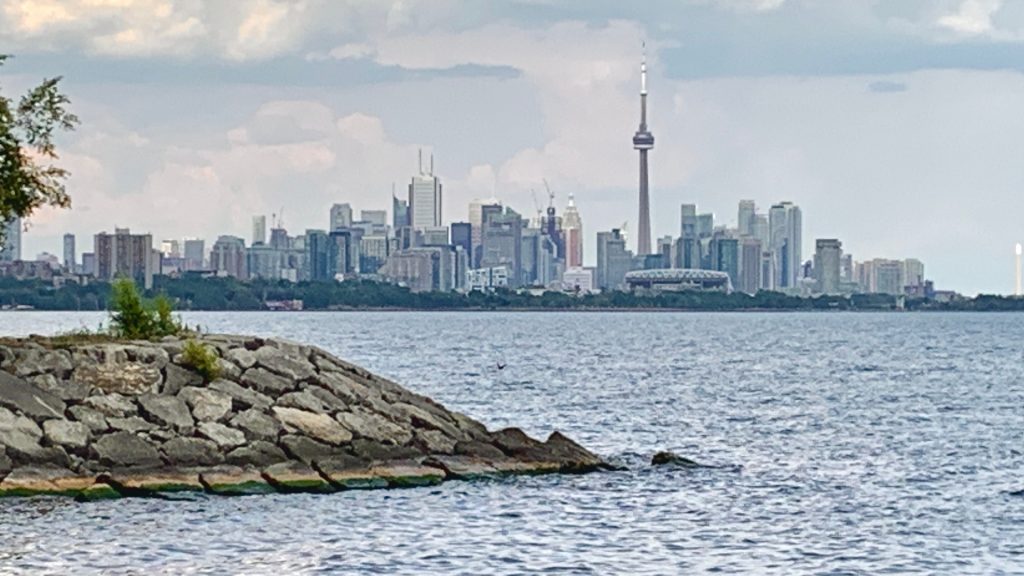Change of smell, taste in tap water is normal in late summer: Toronto Water
Posted August 19, 2022 3:33 pm.
Last Updated August 19, 2022 7:52 pm.
If you’ve noticed a change in the taste or smell of the water in your taps recently, not to worry. Toronto Water says it is normal for this time of year.
All drinking water in Toronto comes from Lake Ontario. In late summer or early fall, tap water sometimes tends to smell and taste musty or earthy.
“This occurs because algae occurs naturally in the water and when water temperatures in the lake go up, you start to get this taste and odour,” explains William Fernandes, director of water treatment and supply.
However, there is no cause for alarm — the water is still safe to drink and no special measures need to be taken.
The city treats more than one billion litres of water every day at four treatment plants. Along with multiple rounds of filtration, the city adds chlorine to the water for health reasons, mandated by the Ministry of Environment, Conservation and Parks.
“Chlorine disinfects the water and makes it safe for everybody. The [threshold] is between one milligram per litre and three milligrams per litre and we’re generally in the middle at about two milligrams per litre”
As such, you may also occasionally notice a chlorine smell or taste, but that shouldn’t cause concern either. Chlorine addition is constantly monitored and regulated by the Provincial Safe Drinking Water Act.
If you are sensitive to the algae-induced musty smell or the taste of chlorine perhaps, Fernandes offers simple solution.
“Fill a jug of water, put it in the fridge, or take a set of ice cubes and put it in the water, bring the temperature down. When the temperatures comes down, the taste and odour goes away,” he says. “If you feel that you can taste that chlorine, again, fill a jug of water, put it in the fridge, the chlorine will dissipate [overnight] and then you can drink it.”
This is also a handy trick for fragile plants that might be sensitive to chlorinated water.

A view of the Toronto skyline. CITYNEWS/Tony Fera
Apart from chlorine, there are a few other additives that go into Toronto’s drinking water supply.
“We add fluoride for dental care which the medical officer of health has asked us to do, we add phosphates because lead was an issue [in old residential pipes] and phosphates act as a preventative barrier to prevent lead from getting into the water,” says Fernandes.
In addition, ammonia is added to ensure chlorine levels stay consistent as water moves through the distribution system.
“We’re transferring water all the way to the north end of the city, so we want that chlorine to last. By adding ammonia, the chlorine associates with ammonia and becomes another chemical, but it still has disinfecting properties and it lasts much longer,” Fernandes explains.
The city’s drinking water is tested every six hours, which is about 6,000 time a year, by Toronto Water’s lab. It also conducts 15,000 tests for bacteria on samples collected from the water distribution system and more than 20,000 tests at the water treatment plants annually.
Taste and odour can also sometimes be a private plumbing issue. The city has advice on how to resolve those problems here.










